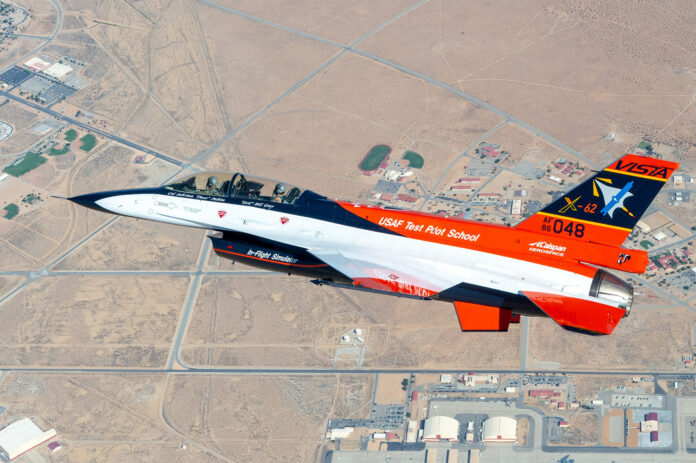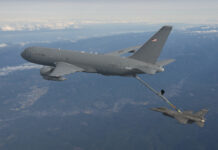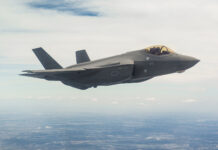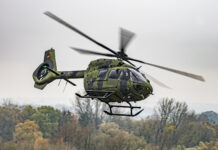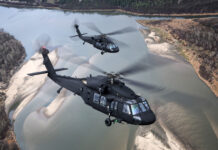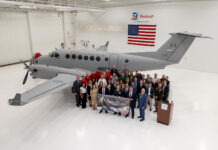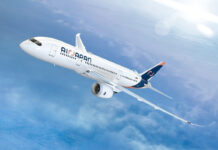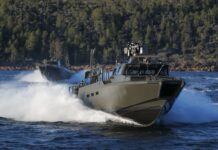The Lockheed Martin VISTA X-62A, a one-of-a-kind training aircraft, was flown by an artificial intelligence agent for more than 17 hours recently, representing the first time AI engaged on a tactical aircraft.
VISTA, short for Variable In-flight Simulation Test Aircraft, is changing the face of air power at the U.S. Air Force Test Pilot School (USAF TPS) at Edwards Air Force Base in California.
VISTA is a one-of-a-kind training airplane developed by Lockheed Martin Skunk Works® in collaboration with Calspan Corporation for the USAF TPS. Built on open systems architecture, VISTA is fitted with software that allows it to mimic the performance characteristics of other aircraft.
“VISTA will allow us to parallelize the development and test of cutting-edge artificial intelligence techniques with new uncrewed vehicle designs.This approach, combined with focused testing on new vehicle systems as they are produced, will rapidly mature autonomy for uncrewed platforms and allow us to deliver tactically relevant capability to our warfighter.”
Dr. M. Christopher Cotting, U.S. Air Force Test Pilot School director of research.
Recent upgrades by the U.S. Air Force include an updated VISTA Simulation System (VSS) provided by Calspan, and Lockheed Martin’s Model Following Algorithm (MFA), and System for Autonomous Control of the Simulation (SACS). The SACS and MFA systems integrated together to provide new capabilities to the VISTA so it can be used to conduct the most advanced flight test experiments emphasizing autonomy and AI.
The 17-plus hour flight by an AI agent took place as part of a series of tests in December.
VISTA is a modified F-16D Block 30 Peace Marble Il aircraft upgraded with Block 40 avionics. Previously designated NF-16D, in June 2021 VISTA was recognized by the U.S. Air Force and deemed a national asset with a formal redesignation to VISTA X-62A.
This new mission system capability with VSS, MFA and SACS emphasizes advancing autonomous aircraft algorithm development and integration. At the heart of the SACS system is the Skunk Works Enterprise-wide Open Systems Architecture (E-OSA) which powers the Enterprise Mission Computer version 2 (EMC2) or “Einstein Box.”
Additional SACS components include integrating advanced sensors, a Multi-Level Security solution, and a set of Getac tablet displays in both cockpits. These components enhance VISTA’s capabilities while maintaining its rapid-prototyping advantage, explicitly allowing for quick software changes to increase the frequency of flight test flights and accelerating the pace of AI and autonomy development to meet urgent national security needs.
For decades, Lockheed Martin has been applying and deploying trusted AI technologies to help its customers maximize performance, safety, and situational awareness across all domains. Lockheed Martin’s implementations keep people in control while enabling them to be safer, more effective and better able to focus on higher-level tasks by empowering them to make more informed decisions quickly.
VISTA will continue to serve an integral role in the rapid development of AI and autonomy capabilities for the U.S. Air Force. It is currently undergoing a series of routine inspections. Flights will resume at Edwards Air Force Base throughout 2023.


